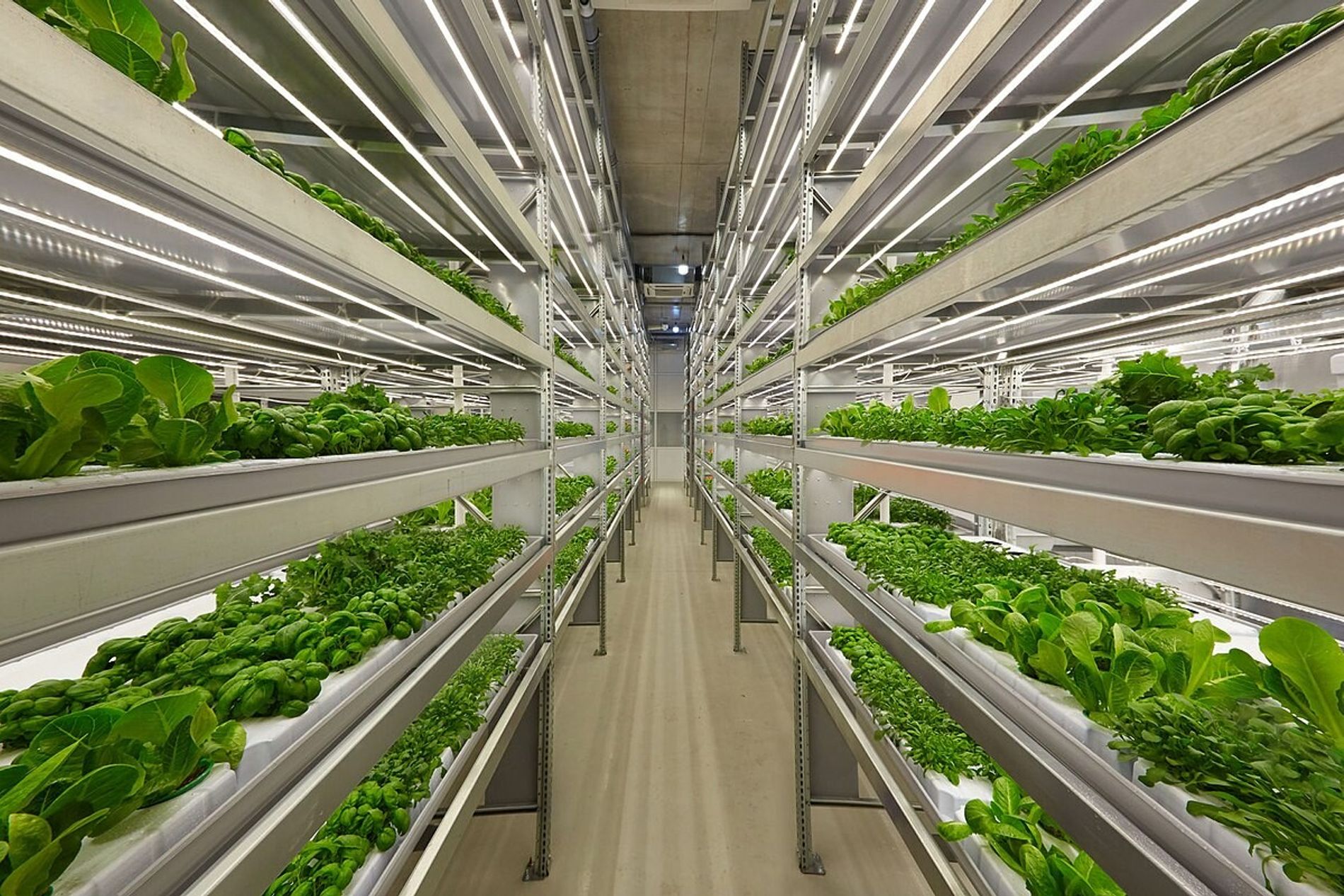Watering a vertical garden requires a strategic approach to ensure plants receive adequate moisture while avoiding issues like overwatering, underwatering, and water runoff. Gravity plays a significant role in how water moves through the system, and different container types require customized watering solutions. By understanding these factors, you can create a watering system that keeps your vertical garden thriving with minimal effort.
1. Understanding Gravity’s Impact on Watering
Gravity naturally pulls water downward, which can lead to uneven moisture distribution in vertical gardens. Common challenges include:
-
Excess drainage at the top: Plants at the top may dry out faster as water quickly moves downward.
-
Water buildup at the bottom: Lower plants can become waterlogged if excess moisture accumulates.
-
Uneven hydration: Plants in the middle may receive inconsistent water supply if not distributed properly.
2. Choosing the Right Watering Method
Selecting an efficient watering system ensures that all plants receive the appropriate amount of moisture. Consider the following options:
Drip Irrigation System
-
Ideal for large vertical gardens and stacked planters.
-
Delivers water directly to the roots at a slow, steady rate.
-
Reduces water wastage and prevents overwatering.
-
Can be automated with timers for convenience.
Self-Watering Planters
-
Best for low-maintenance vertical gardening.
-
Features a reservoir at the base that supplies moisture as needed.
-
Helps maintain consistent soil hydration and reduces watering frequency.
Manual Watering with a Long-Spout Watering Can
-
Suitable for small vertical gardens and hanging baskets.
-
Requires careful application to avoid overwatering upper plants.
-
Best combined with well-draining soil to prevent water retention issues.
Misting System for Lightweight Media
-
Works well for soilless vertical gardens or air plants.
-
Provides humidity and moisture without saturating the roots.
-
Ideal for tropical plants, ferns, and orchids.
3. Watering Techniques for Different Container Types
Different vertical garden structures require unique watering approaches to optimize moisture retention and drainage.
Wall-Mounted Planters
-
Install drip irrigation or hand-water carefully to avoid excessive runoff.
-
Use moisture-retaining soil with organic matter to prolong hydration.
Stacked Planters and Tower Gardens
-
Ensure the top layers receive sufficient water without depleting lower sections.
-
Rotate plants periodically to balance water distribution.
Hanging Baskets
-
Water slowly to allow absorption and reduce dripping.
-
Line baskets with coconut coir or sphagnum moss to improve moisture retention.
Pallet Gardens and Pocket Planters
-
Use a wicking system or sponge-like growing medium to maintain even moisture levels.
-
Water from the top and allow it to trickle down, ensuring all layers get hydration.
4. Tips for Maintaining Proper Moisture Balance
To keep your vertical garden healthy, follow these best practices:
-
Monitor soil moisture regularly: Check with your fingers or a moisture meter to ensure even hydration.
-
Water early in the morning: This allows plants to absorb moisture before the heat of the day.
-
Adjust watering based on climate: Increase frequency in hot, dry conditions and reduce during rainy or humid periods.
-
Incorporate water-retaining materials: Mixing peat moss, coconut coir, or hydrogels in the soil helps maintain moisture.
-
Ensure proper drainage: Avoid water pooling at the bottom by using well-draining soil and perforated containers.
Final Thoughts
Watering a vertical garden effectively requires thoughtful planning to counteract gravity and accommodate different container types. By selecting the right irrigation method, ensuring even moisture distribution, and maintaining proper drainage, you can keep your vertical garden lush and thriving. Whether you choose an automated system or prefer manual watering, optimizing hydration practices will lead to healthier, more productive plants in your vertical space.

Comments
No comments yet. Be the first to comment!
You must be logged in to comment. Login